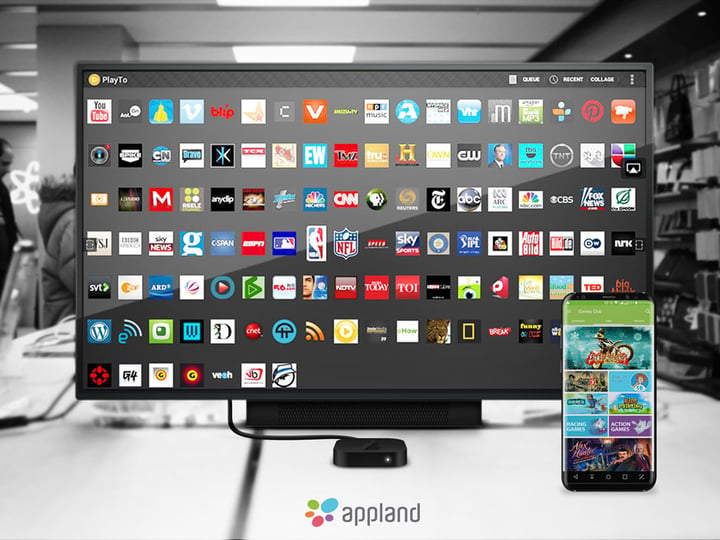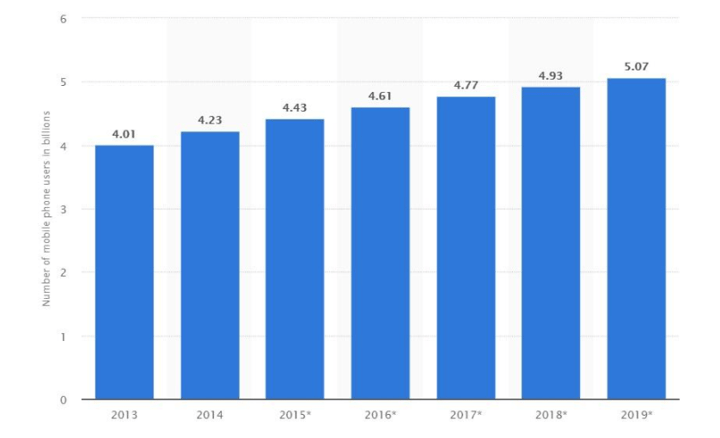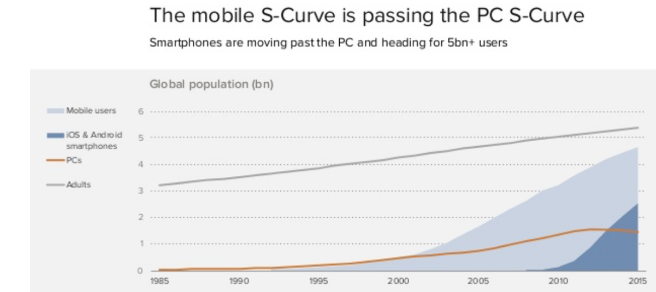
Examples of Value Added Services VAS in telecom 2017
Telecom companies have sought to use Value Added Services (VAS) as a revenue stream.
These services represent a huge growth potential and have sparked an increase of interest among customers from all over the world. The revenue potential is a primary driver for Telecoms to push and sell these services as much as possible. Another main driver behind this push is revenue from voice has plummeted as the market has become saturated, technology advances and customers expect more. At the same time, different customer-oriented services, including promotional offers and competitive bonuses, are created with the purpose of increasing customer loyalty on the long run.
Let’s explore more about the numbers game, and then go through some examples of the kind of services that are usually included in VAS.

VAS Numbers – Driving Force
The developing world has seen an enormous increase in a number of phones used during the last few years. This growth is expected to continue as we head towards 2020 and beyond. To present some compelling figures relating to mobile phone usage, may substantiate where Telecoms are potentially driving business.
Right now, there are more than 4.8 billion phone subscribers all over the world and the number is expected to reach close to 6 billion by 2020. In other words, the number of subscribers has grown by little over 1 billion compared to the number of users in 2014.

Telecom companies aim at capitalizing on the increasing number of subscribers, and constantly work at developing new services and marketing strategies to attract even more to their side. It is where the market lies now in terms of fulfilling shareholder expectations and requirements while increasing the bottom line overall. Important to consider here is that the competition in the industry has become fierce which means the revenue from voice call has decreased quite a bit. Thus, the telecoms need to find an innovative way to differentiate themselves and become attractive to new, potential consumers. VAS provides a means to do that.
Examples of VAS Services
Let’s have a look here at a few examples of VAS that telcos are offering:
1. Vodafone 360
As app development continues, consumers can easily go on the Google play store and download an app. Vodafone offered a tool which combats the threat that app developers pose. The service includes combining the user’s contacts across various apps such as Facebook, Google, and IMs into one global address book. The idea was to provide consumers more facility and convenience to communicate with their contacts. The service has not done exceptionally well with users complaining. However, it was an attempt by the mobile telephone company to ensure it can compete viably and fend off threats.
2. Online Storage
Users create more documents and download more content. With the boom of social media, more pictures and content is shared amongst users. Thus, users need to have more storage space available that is off their cell phones. It ties quite well with the next type of VAS – cloud storage. People can subscribe to get storage space with the possibility to download and store their favourite content somewhere online that is accessible 24/7 and globally wherever they have a data connection.
3. Music subscriptions
One of the popular ones that can provide a source of large revenue, especially in the Middle East where markets are saturated. Virgin Media’s subscription provides a promising proposition to consumers in an area that has not seen the results that had been previously thought. Both Virgin Media and Telenor’s Wimp offer to provide a partnership to mobile companies and consumers an alternative to piracy. Both subscriptions are in line with industry trends towards entertainment.
4. On-Demand Video subscriptions
Video has become the new trend for content marketing. It is convenient and provides users with something they can listen and see to, rather than read. People are so busy with their daily lives that they want a quick snapshot of what’s going on rather than reading an entire article. The trend to get quick gratification through watching something, influences the type of content that marketers put out there. Since consumers prefer video, there has been a boom in the on-demand video. People wish to have access, so this type of VAS can meet that demand.
5. Mobile Gaming and Apps
Games and high quality content are the future in VAS for the telecom industry and mobile gaming all around the globe through the internet and smart technology. Cross-platform HTML5 technology runs games in mobile browsers of tablets and smart phones. All smart devices can run this platform, such as iPads, iPods, iPhones and android devices. Blackberry, Windows Mobile, Mac, Firefox OS, PC and more are likely candidates for HTML5 games and content as a VAS provided by telcos that is free from the rules and regulations of app stores / Google Play. The negative with HTML5 is the requirement of constant connection to internet.For telcos looking to provide high quality games and apps VAS Service with the best consumer experience, it is important to identify a service where consumers can download full APKs to be installed on the phone. The consumer can then play the games utilizing the full power of the phone and not being concerned about the quality of the internet connection.
6. TV Shows and Movies
Netflix's subscription service is changing the world as a business model for VAS services offered by telcos worldwide with online distribution. Major telecom companies are offering value-added services working in combination with major content owners when it comes to online viewing opportunities and entertainment. Working hand in hand with content providers such as Netflix, telcos contribute with providing VAS in content delivery, payments, interactive marketing and customer care. Television is the most popular OTT service provided as VAS by the telco industry.
7. IM Services
The developing world does not always have the infrastructure in place to support 3G/4G services. Often, the only infrastructure in place supports 2G and USSD (Unstructured Supplementary Service Data). Take this combined with the social media trends that people want to chat more.
Well, China Mobile managed to do that by launching an IM service called Fetion with users reaching above 100 million. The app allows for users to use SMS, IVR, and GPRS access modes which span a larger range of users. Such diversity means that people can drive real value from the app and communicate with each other whenever they want. As a side note, China mobile also partnered with Nokia to launch their own app MM-Ovi.
Final thoughts
Telecom companies find themselves in a potentially compromising position. The telecom market will continue to boom as the developing world obtains more cell phones and other pieces of technology.

At the same time, the revenues from voice continue to decline as the market is saturated. Telecom companies have come up with VAS that promotes the business to enhance the customer’s experience. These services often include partnering with a third-party vendor to provide pre-sales or post-sales services such as music subscriptions, on-demand video, and IM services. As more users obtain cell phones, then the diversity in the type of VAS that telecoms will offer should increase in the coming years.


